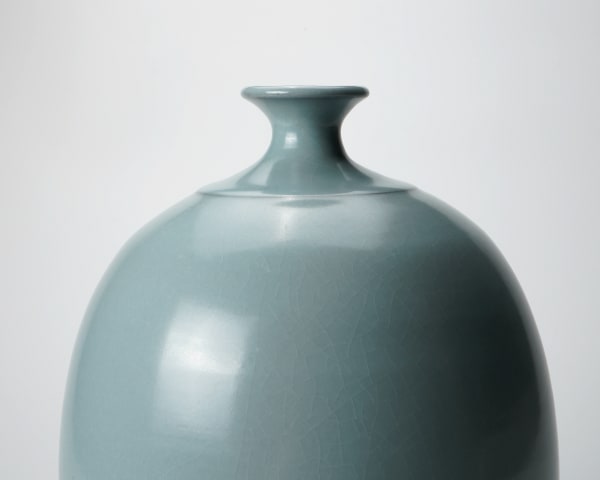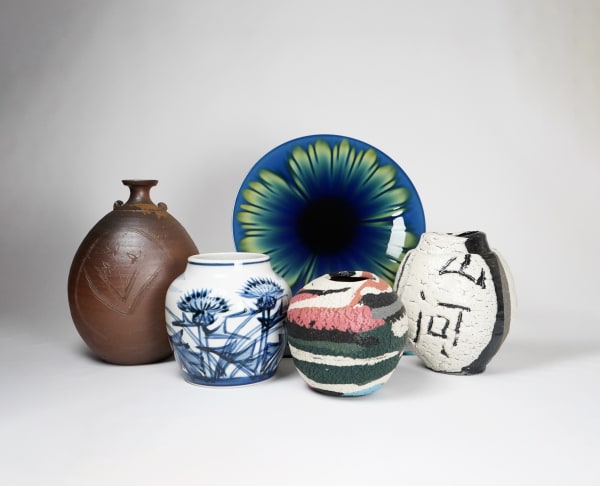Notes on Blue
Nakashima Hiroshi and Celadon as Legacy
June 16, 2025
Before the modern era and the universalization of the color wheel, early Japan recognized four primary colors: red (aka), black (kuro), white (shiro), and blue (ao). Each held symbolic significance—red signified light (akari), black represented darkness (kurai), white conveyed clarity (shikkari), and blue embodied ambiguity or haze (shikkari shitenai).
Among these, blue (ao) evolved significantly in cultural and visual prominence. As an island nation, nearly every prefecture in Japan is connected to the sea, establishing blue as a natural constant in both the physical landscape and collective imagination. Over time, blue came to signify the aesthetics of the everyday. This sensibility is especially evident in artistic depictions of Mount Fuji, often rendered in blue tones to evoke fog, distance, serenity, and the sublime.
The practical and cultural significance of blue expanded with the introduction of indigo dyeing (ai-zome), brought to Japan through Chinese technological influence. Indigo became an everyday presence due to its affordability and deep, enduring hue. While certain blue objects (such as ceramics in Celadon blue) were reserved for the elite class, indigo offered a rich yet accessible alternative for the general populace. As celadon gained popularity among high society, its unique tone of blue earned the name hisoku, meaning “secret color.”
It is within this nuanced cultural context that Nakashima Hiroshi (1941–2018) emerges. A celebrated ceramic artist, he was designated a Living National Treasure in 2007 for his mastery of celadon ware. His commitment to the tradition of celadon was both personal and historically rooted. After becoming independent from his family kiln, Nakashima established his own studio in the mountains of Yumino City, Saga Prefecture. Surrounded by the remnants of historic kilns, he would often discover ceramic shards on his walks. These fragments revealed an astonishing diversity of forms, colors, and glazes. During one such walk, he picked up a piece glazed in a luminous green-blue hue. That moment marked the beginning of his journey into celadon. Soon after, he began studying Chinese celadons held in collections in Japan and Taiwan. He was taken by their depth, subtlety, and elegance.
Read more

